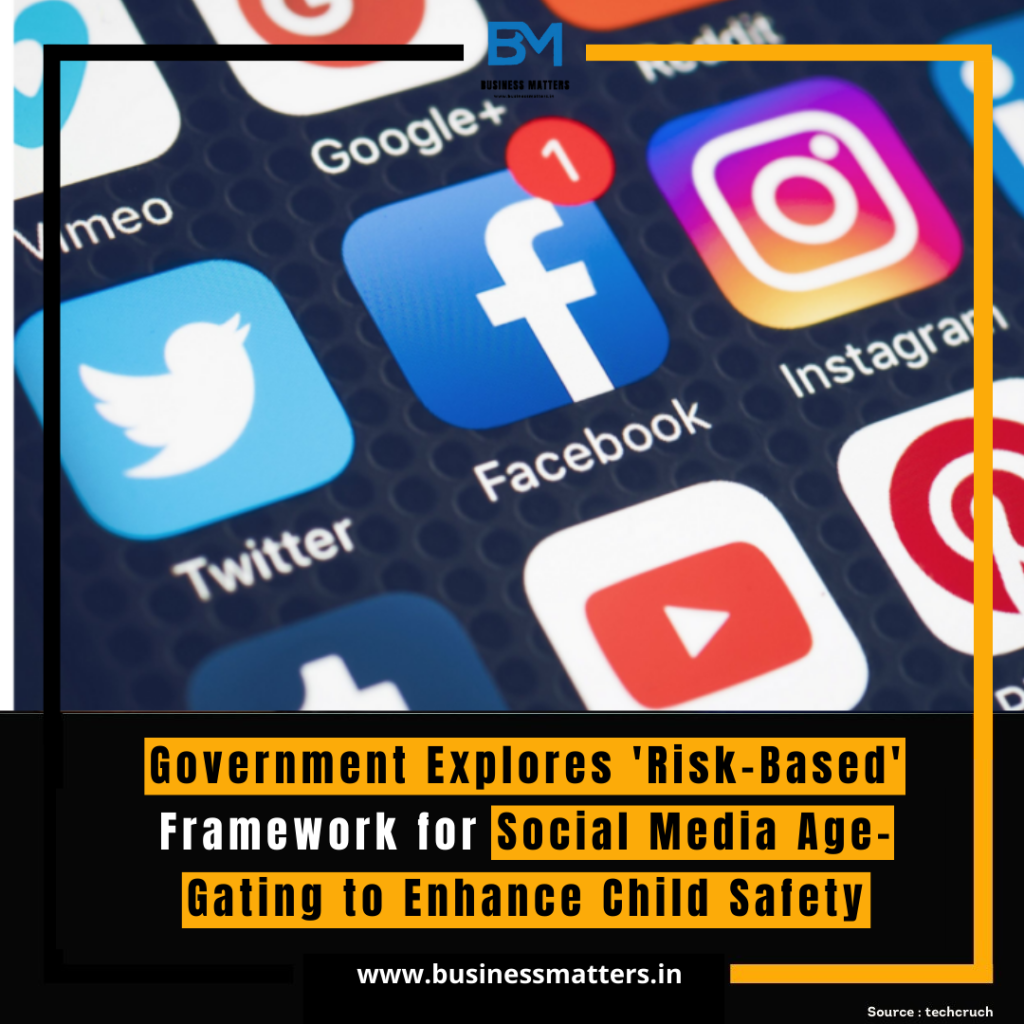The Indian government is contemplating the implementation of a ‘risk-based’ framework for age-gating on social media platforms. This move comes as part of a broader strategy to enhance child safety in the digital space and curb the potential adverse impacts of unrestricted access to certain content.
Social media platforms have become integral to modern communication, providing a space for users of all ages to connect, share, and express themselves. However, concerns have been raised about the exposure of minors to inappropriate or harmful content on these platforms. To address these concerns, the government is exploring a risk-based approach to age-gating, which would tailor access restrictions based on the perceived risks associated with different types of content.
The proposed framework aims to categorize content into different risk levels, considering factors such as violence, explicit material, and other potentially harmful content. By assessing the risk associated with each category, the government aims to implement age-gating measures that align with the potential harm that specific content may pose to different age groups.
Implementing a risk-based age-gating system requires a comprehensive evaluation of the content available on social media platforms. This evaluation would involve collaboration between the government, platform operators, and content creators to define and categorize content based on its potential impact on minors. The goal is to strike a balance between allowing freedom of expression and safeguarding the well-being of young users.
One key aspect of this proposed framework is the collaboration between the government and social media platforms. Establishing clear guidelines and standards for age-gating would necessitate active participation from platforms in developing and implementing these measures. Regular audits and updates to the framework would also be crucial to adapt to evolving online trends and challenges.
Educating parents and guardians about the risks associated with different types of online content is another crucial element of the proposed strategy. Empowering adults to make informed decisions about their children’s online activities can complement age-gating measures and contribute to a safer digital environment for minors.
Privacy concerns are likely to be a focal point in the implementation of age-gating measures. Striking the right balance between protecting children and respecting privacy rights is essential. The framework should include robust mechanisms to ensure that age verification processes do not compromise users’ sensitive information and adhere to data protection regulations.
The effectiveness of the proposed age-gating framework will also depend on its enforcement. Implementing strict penalties for non-compliance and establishing a transparent reporting system for users to flag inappropriate content will be critical in ensuring the success of these measures.
As the government considers this ‘risk-based’ framework, it is essential to gather input from various stakeholders, including child rights advocates, technology experts, and the general public. A collaborative and inclusive approach will help address concerns from different perspectives and lead to a more comprehensive and effective solution.
In conclusion, the government’s exploration of a ‘risk-based’ framework for age-gating on social media platforms reflects a commitment to enhancing child safety in the digital space. Striking the right balance between freedom of expression and protecting minors from harmful content is a complex challenge, and a thoughtful, collaborative approach is essential in crafting a robust and effective solution.


